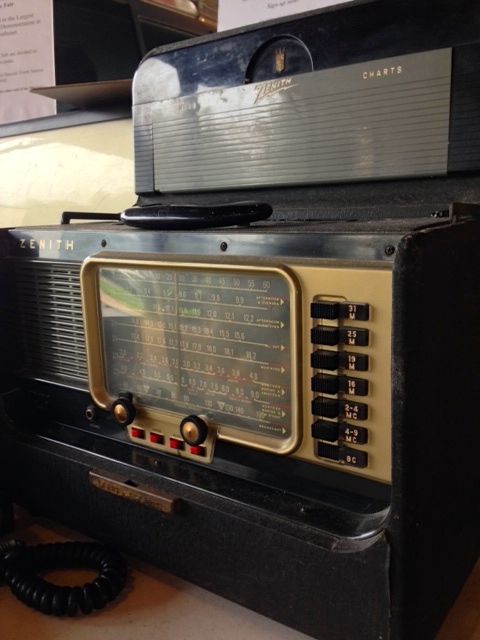 Saturday morning, I drove to Waynesville, North Carolina, for the Western Carolina Amateur Radio Society‘s annual hamfest. I’d attended this small-town hamfest before; it has always been enjoyable, as I met friends and even found a few radio bargains.
Saturday morning, I drove to Waynesville, North Carolina, for the Western Carolina Amateur Radio Society‘s annual hamfest. I’d attended this small-town hamfest before; it has always been enjoyable, as I met friends and even found a few radio bargains.
The Zenith TransOceanic, above, attracted a lot of attention, including mine. But this year, I had more modest goals: $100 and a specific shopping list, which consisted mostly of components (adapters, connectors, jumpers) and a decent dual-band mobile antenna. I ended up spending $85, including $7 entry fee, and checked off literally everything on my list. Among my purchases were:
- Dual band 5/8 whip antenna with large mag mount: $45
- SMA to SO239 jumper: $5
- PL259 to BNC adapter: $3
I also found a couple of extras, including this Realistic Tape Control Center (below) for $1. It will make an ideal speaker switch box for my boat anchors that currently share one quality audio transformer (600 to 8/4 ohms). I discovered that this box had been used by its previous owner for a similar purpose.
My best bargain at this hamfest, however, was this brand new ground buss system (below) for just $20!
The family who manufactures and sells these ground busses also sells antennas and a few other radio accessories. Unfortunately, they do not sell online (else you’d see a link here) only at local hamfests such as this one. The $20 price is an absolutely amazing one for this ground buss system. All one has to do is connect the braid to the ground terminal on each piece of radio equipment, and connect the ground wire to a ground rod. It’s packaged and ready to deploy–everything else is already assembled. Wow!
I viewed many other goodies at this hamfest that, alas, I had to pass on. Here are a few photos:
This restored wood-paneled tube radio (above) was very tempting, but in order to avoid making the purchase, I intentionally didn’t ask the price.
This Sky Buddy (above) really caught my attention, and if I had $250 extra, I would have purchased it. The Sky Buddy is not an extremely rare Hallicrafters, nor is it a particularly strong performer, but it is very rare to find one in such beautiful condition that’s not been modified or restored–a completely mint original.
Perhaps I’ll regret not making this purchase…sigh! I just hope it will find a good home.
I was also tempted to buy this Grundig Top Boy 500 (above), circa 1972. Twenty dollars was certainly a fair price, but the seller had bought it at an antique sale and had not yet tested it. Additionally, it had a German plug, and runs on 220 VAC or C cells. Upon handling the radio, I also found myself a little concerned by the fragility of its plastic body. The antenna design, however, is pure engineering genius: it’s recessed in the top of the radio’s handle.
This Drake PRN-1000 (above) was produced by Drake as a promotional item for the People’s Radio Network (more info). It’s the progenitor to the Drake SW1. The PRN 1000 is very basic; it has no memory functions, no SSB, and no synchronous detection. It’s a mediocre performer, frankly–not on par with other Drake offerings–but certainly an interesting piece of Drake history. I’ve seen PRN 100s for sale before. The $50 asking price from this seller was quite reasonable.
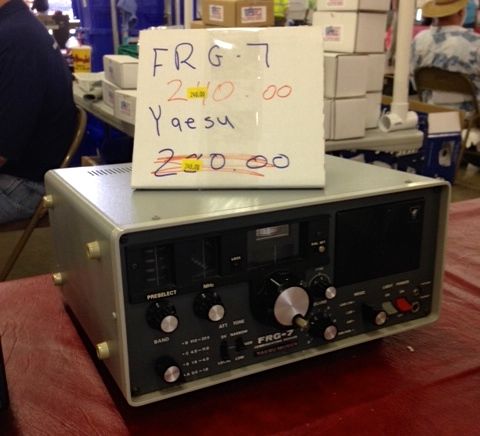 The “Frog 7” (above) is a classic shortwave receiver and has great audio if you use an external speaker. My good friend, Mike Hansgen (K8RAT), loves his recently acquired FRG-7 so much, he named it “Freda.” Mike snagged Freda for $125, by the way, a much better price than the $240 this seller wanted for his FRG-7.
The “Frog 7” (above) is a classic shortwave receiver and has great audio if you use an external speaker. My good friend, Mike Hansgen (K8RAT), loves his recently acquired FRG-7 so much, he named it “Freda.” Mike snagged Freda for $125, by the way, a much better price than the $240 this seller wanted for his FRG-7.
Just out of curiosity, how many SWLing Post readers cut their teeth on the Yaesu FRG-7?
All in all, it was a great little hamfest (thanks, WCARS!) thoroughly enjoyable, and I look forward to making the pilgrimage to Waynesville again next year. See you there!

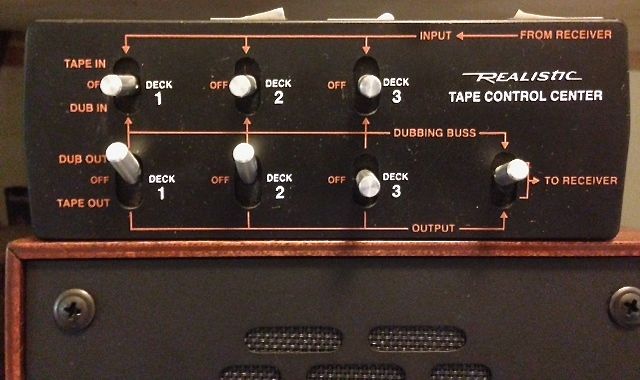
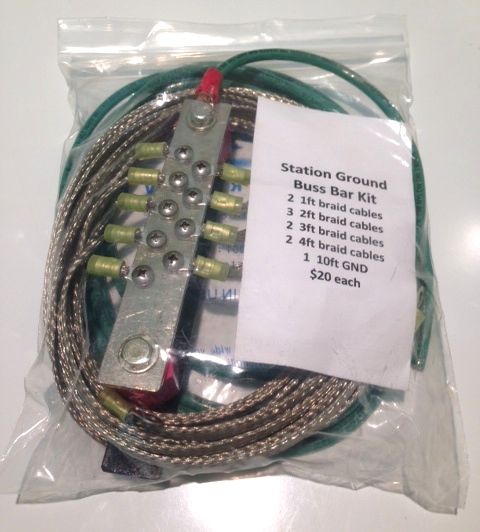
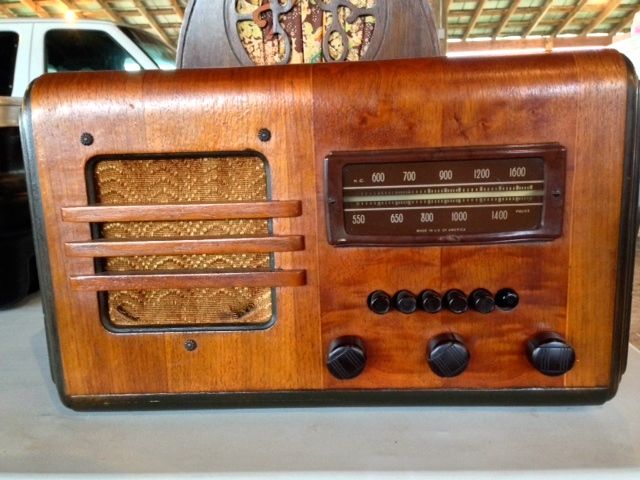
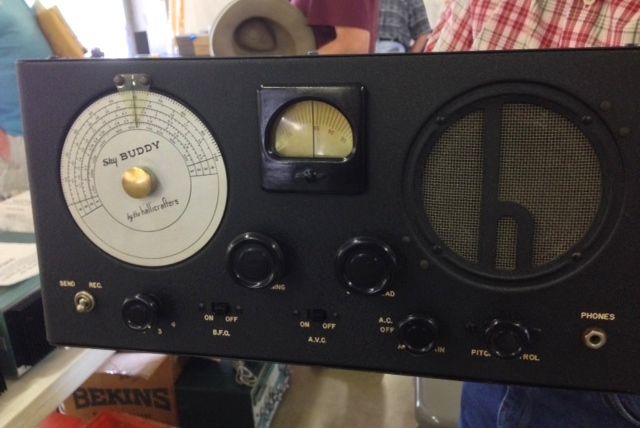
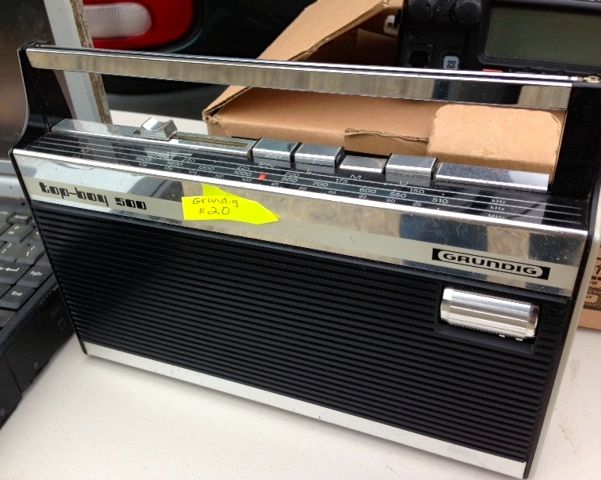
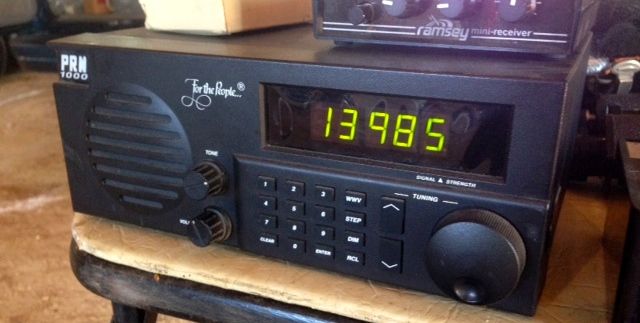
I listen to my FRG7 regularly, including now while I write this. I couldn’t afford one when I was a kid in 1977 so when I found one a couple of years ago it rekindled my interest in SWL. I love the old thing.
I certainly couldn’t afford an FRG-7, besides, it came “late”.
I can’t say I remember when the Barlow-Wadley XCR-30 came out in 1973,
but I certainly remember it being out there. At a time when most portable
shortwave radios were like low end desktops except worse, the XCR-30 had
the Wadley loop, so like the really top end receivers, it only had to tune
500KHz or was it 1MHz per band, so the tuning could be close to linear (and
nice and spread out). That was such an advancement at the time, though
the Wadley loop had been used in Racal receivers before that, and a few
people had built their own receivers using the concept. IN a portable,
it had the advantage of not needing 30 or 60 crystals, that would take
up a lot of space, apart from the cost. Compare that with the Drake
SW-4 or SPR-4, both intended for shortwave listeners rather than
hams, they covered 500KHz per segment, so you needed another
crystal for each 500KHz segment you wanted to add. That could add
up, and indeed both receivers had limited positions on the switches that
selected the band.
The Wadley loop is a tradeoff, make the signal path more complicated to
make other things simpler. About concurrent with the Wadley loop we
saw early synthesizers doing the same thing, providing a “crystal”
frequency every 500KHz or so. But it looked the oscillator to a crystal
oscillator, so there wasn’t an extra conversion. Those early synthesizers
are often confused with the Wadley loop, indeed both often used an
audio amplifier for showing things were “locked”. The National HRO-500
and the Galaxy 350 were two receivers that used that analog phase locked
loop to replace that big bank of crystals.
After the XCR-30 (and I don’t remember how much that cost new), there
was a wave of solid state desktop receivers using the Wadley loop. The FRG-7,
but I think one of the more expensive Drake receivers of the seventies had one
too.
ANd then soon digital electroincs made synthesized tuning so much easier and
cheaper, it was probably the Sony 2001 that was first, and then knocking the
Wadley Loop out of designs.
Now it’s cheaper to have a synthesizer, so you get what could only be dreamed
of forty years ago as a default.
Michael
Re: comments about the FRG-7. I currently use a FRG-7 as my main receiver and its a real workhorse. I do have a Tecsun pl-600 as well but the Frog beats in hands down on such areas as imaging and front-end overload. But then I wouldn’t expect a £60 portable to be as good as the Frog.
The only limitations really are: lack of digital readout, but to be honest, on broadcast stations getting to within 5Khz is usually adequate; no filter selection to give a narrower bandwidth on either SSB stations or poor b/cast; and the non-linear nature of tuning scales using capacitor tuning (i.e. getting in-cal at the 0 marker usually means about 15 Khz out by the band end). A nice-to-have would be an RF gain control. But with my modest 15m long wire, it still manages to thrill me with what can be picked up and for me it’s a keeper (and the coffers don’t extend to anything else at the moment!) I think I paid £60 for it two years ago ($80??)
Regards, Charlie
Wish I could remember all the SWL rigs I’ve owned. It started in 1969 while in Guyana in the Peace Corps. I had a Sony portable transistor radio with 15 ft of wire strung across the ceiling. Our Peace Corps doctor was a ham and was allowed to operate from 8R1. I remember his Drake TR-3 and the large glowing tubes in his amp. When I returned to the states I had another portable and then an Allied AX-190. One night I heard a local talk to Fr. Moran 9N1MM in Katmandu and I was hooked. Became a novice in 1976 and left SWLing for a while. But in the succeeding years listening to foreign broadcasts kept drawing me back. I’ve owned a Drake SW-4A, SPR-4, R-4A and R-4B, Icom R-71, Kenwood R-5000, and an Icom R-75. I finally sold the R-75 when so many of the large stations stopped broadcasting on SW or no longer directed programs to the US.
73, Gary – W7TEA
Now that’s a coincidence. Just posted a vintage Media Network of the 1990 Dayton Hamvention when some of what you saw on the fleamarket was all brand new. Also bumped into George Wood of Radio Sweden. http://jonathanmarks.libsyn.com/mn03051990-dayton-hamvention